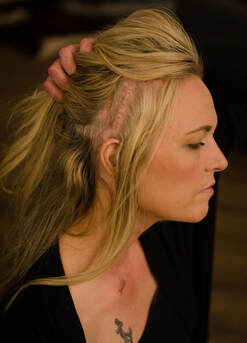 In June of this year, I walked into my neurosurgeon’s office in Bend, Oregon for the first time in almost three years. The distinct smell, the artwork on the walls, and the environment were all familiar, but it didn’t feel the same. It was surreal to be there for a routine check-in, and not a meeting to discuss surgery. The look on my doctor’s face when he walked into the exam room said it all. Relief, joy, and victory. After battling so hard for so many years, the idea that I could go even one full year without surgery had felt unattainable. But here we are, three years later. Things have been relatively calm, mostly quiet, and ultimately manageable for over 1,000 days. I’m so grateful. This period of medical stability began with a game-time decision made by my neurosurgeon to remove my VP shunt after it had completely failed in June of 2020. I already had an ETV, but had been unable to function without both the shunt and ETV for a number of years. We had racked up 30 surgeries at that point, at a pace that had become exhausting. So he took the chance that if he removed the shunt (which had been the cause of so many surgeries), my brain would figure out a way to function with only the ETV. I’m not going to pretend that this was an easy transition, but after several rough months it eventually smoothed out and I found a new normal. Over the course of the summer and fall of 2020, while the world was distracted by the pandemic, I moved aggressively towards finding overall wellness and peace. We searched and found answers for my ongoing infection issues, and I was able to get off antibiotics, antibacterials, and most medication for the first time in years. My soul found peace as one by one the things my family, friends and I had worked and prayed so hard for started to come to fruition. It’s been amazing to be able to share this part of the story - instead of the focus only being on surviving the repeated blows, and the willingness to stay in the fight. We never left the arena, and it paid off. As part of the @hydroassoc 2023 Hydrocephalus Awareness Month, they are asking people affected by #hydrocephalus to share their personal story, with the theme being “Take control. Flip the script.” When I got the email with this title, it dawned on me that this has always been my theme. It’s been the thread that runs through all my social media and blog posts ever since I started sharing my journey with hydrocephalus back in 2014. I was blessed to be raised by parents who instilled the value of resilience in all of us as kids, but I’ve always been aware of the importance of language and attitude. One of the only things you can control in your life is how you portray your story to the world. I’ve always tried to be realistic and open about the pain, but also hopeful and intentional about the future. In this moment, I have the privilege of using the words stable, manageable, and surgery-free. But even if someday in the future things shift again and we’re back in the battle, I will remain committed to using the words strong, ready, faithful, relentless, choice, and hope. Many blessings to all my fellow hydro warriors. Stay in the arena, it’s where the magic happens.
4 Comments
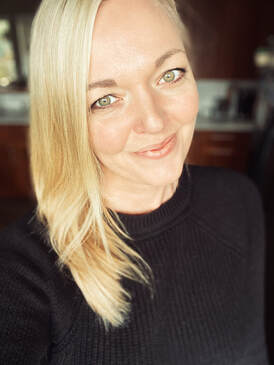 I opened this journal file on my computer this morning, not really knowing when I had written last. Prior to pausing my regular writing and blogging, I was in a good rhythm of journaling almost every day. Throughout the struggles I experienced medically in 2019, I wrote consistently and shared as much as I could on my blog and social media. But then in early 2020, I started helping my good friend Freddy Sandoval write his book on mental training and for about six months I shifted my attention and all the time and energy I had for writing towards that project. By the time we were finished, I think I was just ready to unplug for a while—and here we are, over a year and a half later. So much has changed. Physically speaking, I am in the most peaceful point in my journey in over a decade. In a completely unexpected turn of events, my shunt completely failed in the late spring of 2020, and my body has been able to manage my hydrocephalus solely with my ETV ever since. There was a big adjustment period, but slowly I was able to stabilize and handle the difference in how my head felt. Everything just felt different, and somewhat foreign. Even though I was functioning – working, staying active, and walking a few miles almost every day, I was still feeling physically sick and having some unexplained symptoms. A few months later, it was discovered that the abandoned distal catheter from my shunt had perforated my bowel and had to be removed in an emergency surgery. As shocking as it was to discover that the catheter was in my bowel, it was even more alarming to hear that they believe that it had been there since the time of placement (during a previous revision surgery about 16 months prior). With this new information, so many symptoms that I had been fighting for so long made total sense, and it felt like a giant weight had been lifted off my shoulders. My medical team is amazing and has been so dedicated to getting me through everything I’ve been through, especially in recent years. However, I was starting to feel like a broken record – constantly telling them how sick I was feeling, and that even though it looked like I was doing ok on the outside, I was suffering inside. Little did we know that my body was fighting a low-grade infection caused by the fact that several inches of my catheter were literally inside my small intestine. Once we knew what was going on, it finally allowed for a solution and true recovery. I was incredibly relieved and threw myself into full restoration mode – which included a mental break from thinking about being sick all the time. I needed some time to pull back from sharing everything, and just be. I’ve spent the past year focused on work, my relationship, and my family & friends. If you have hydrocephalus or another condition that is ongoing, you understand that it never truly goes away. There isn’t a day that I don’t have to think about managing my headaches, pressure, and all the trauma-related symptoms that my nervous system has after so many surgeries. But I did make the choice to take a break from blogging about it for a while. It’s given me a chance to reset my rhythms in life and focus more attention on some exciting new things. In 2022, I would like to share a little more, from a different lens. I believe there are a lot of hydrocephalus patients and family members who go through similar ups and downs – a time when things are very difficult and there is a constant battle, but then there is a period of quiet and better health. Maybe there are a series of surgeries strung together in a short amount of time, perhaps coupled with an infection, like mine. Or perhaps it’s a few months or a few years of increased pain. But then – almost unexpectedly - everything settles down, and things get better… but you still feel stuck in the reality of those difficult times. Life gets easier to navigate, but you still struggle with what happened. The knowledge that it happened feels like the knowledge that it could happen again at any time. The memories of how hard it was haunt you and make you worried that it could be even worse next time. Honestly, this kind of trauma isn’t much different than what people experience going through any major life-changing challenge. Any personal loss, injury, or unexpected change calls for a similar type of healing process. There is a time when the wounds are fresh and need immediate and constant attention. All your energy goes into just making the next step, getting through the next day or week or month. Everything hurts. But then the wounds start to heal. They scab over, and things are still rough, but they start to sting a little less. You begin to make it through whole days without constantly thinking about the pain and how to manage it. Eventually everything seals back up, and you are past the worse part. But friends, at that point you are faced with the choice to live in the memory of what happened, or face forward and move boldly into your future. It’s the hardest thing, and the best thing – to look at the difficulties you’ve been through, acknowledge them, and then shift your focus. I know – because not only have I been through the many challenges that hydrocephalus has brought (repeatedly), but because I have been through several other painful and life-shaping events and losses. Choosing to live and love between the madness of what I’ve been through is a daily decision for me. And I’m nowhere near perfect. When it’s hard and I fail, I start over. Sometimes I start over multiple times a day. And I’m grateful for the opportunity and grace to do so. My goal for this next season is to write about how I’m continually challenging myself to move forward in the wake of the difficulty and trauma of the past several years. I feel like that’s what I can to contribute to this community right now. I’ve always been raw and open about how hard things have been, but I’ve also always shared where I turn to find the strength and anchor I need. I hope that this will encourage someone out there to keep fighting, and to hang tight when the storm rages. Cheers, friends. Today we start a new chapter. Here’s to the relentless pursuit of everything that’s important. Stay in the arena, Amy 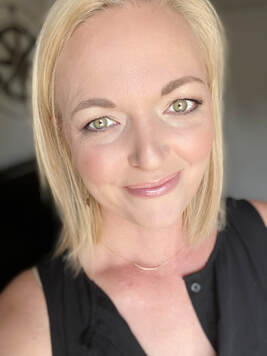 At the end of last month, my siblings and I took a quick day trip over to the Oregon coast. It was a crazy beautiful day; blue skies and warm ocean air. While we were there, I took a long walk on my own down the beach, to put my feet in the water and breathe. The month of July was surreal and difficult, but having my family together to celebrate my youngest brother’s wedding was exactly what I needed to remind me of why I fight so hard for peace every day. The ocean always reminds me that life comes in waves. Some waves are nice and calm, lapping at your feet nice and easy – and others are violent and come crashing the shore with a vengeance. As I walked and let my mind wander, I noticed a small black pebble in my path, so I picked it up. I’m not sure why this particular stone caught my eye, but it was smooth and shaped differently from the others that I had seen. I turned it over and over in my hand and noticed that even though it was soft and weathered by the waves, it had a definite irregularity to its shape. I wondered where it had been; how many different shorelines had it seen prior to me picking it up? What did it look like originally, before the water and rocks of the ocean made it what it is now? I put it in my pocket and finished my walk. In a way, I feel like that little black pebble. Although I try to live my life every day with purpose, I’m constantly feeling shaped and re-molded by the situations that keep coming at me like the constant changing tide. The people closest to me know that I work really intentionally to stay in a growth-focused mindset and that I lean heavily on my faith as the battle rages in and around me. I often tell people it’s ok to be different on the other side of trauma – it’s perfectly natural for hard things to change you. However, I believe I have a choice in whether those changes are all negative or if they transform me in a positive way. I’m not the same pebble I was five years ago. In some ways I’ve lost parts of myself as I’ve fought for my emotional and physical peace – but in other ways I’ve grown more solid in my beliefs, my ability to love, and be loved. For these reasons, I’m grateful for the hard things that have smoothed my surface. 2020 has not been the year most of us were hoping for. When I turned 40 in March I was determined to do as much as possible this year. I made plans with friends to travel, I wanted to see as many people as I could, and I told myself I was going to finally get serious about the book project I have been working on off and on. Then, COVID-19 came along, and everything shifted to accommodate the restrictions and precautions that seemed to instantly change the world we live in. When my travel plans and social life were put on hold indefinitely, I made a decision that with all the time on my own, I was going get serious about healing. My body was still reeling from the mess left by the last 10 surgeries I had-- which all happened over the course of one tumultuous year. Focused on settling my nervous system trauma and repairing my sleep patterns, I started walking every night and went back to a strict anti-inflammatory diet. I walked in the hills of my neighborhood, through areas of town that I haven’t ever paid attention to, and in parks and nature preserves. This routine gave me lots of time to process through the conflicts and pain in my mind and allowed my physical body to find a new rhythm. I was changing, quickly. Over the course of a few months, I lost about 30 pounds, and started to sleep better. And strangely, I felt like I was negotiating with my brain. It was as if I was telling my nervous system, “Look, I’ll put in the work. You know I’ll do what I have to do.” And in exchange, I fully expected improvement. I wish I could say that all of this was easy. I actually had a few significant setbacks in both pain and pressure during that time, and some of the issues we had been managing since my last brain surgery in late July of 2019 continued. But overall, I was functioning and steadily improving from an overall health standpoint. I started to focus on making it past July 24th, which would have been the one-year mark since that last surgery – a milestone I have only reached once in my history with hydrocephalus. Then, out of the blue, on June 30th, my scalp incision spontaneously split open, exposing my shunt valve, and by the middle of that night I was admitted to the hospital. I was shocked and disappointed, but grateful that I was safe and strong enough for the surgery that followed a couple days later. Because we didn’t have any idea why the shunt came through my scalp, my neurosurgeon didn’t know what to expect when we went in for surgery. But he told me he suspected the valve had failed and the pressure was pushing the valve through my paper-thin scalp, which has happened before. What we didn’t expect to find was that my valve and both catheters were all completely occluded – I had a fully non-functional shunt – but from a daily living standpoint, I was still functioning. This was pretty crazy, because although I also have an ETV, I have been fully shunt-dependent since 2012. Cautiously optimistic that perhaps I could just drain off the ETV for a while, my neurosurgeon removed my shunt valve. So, that catches you up to where I’m at medically. It’s been about 6 weeks, and I have fully recovered from the surgery. I’m still walking at least 4-5 days a week, and I’m lifting regularly as well. I went back to work full time almost immediately after the surgery, and I’m staying as busy and active as I can. For me, it’s important to stay moving and in a good routine. That will give me the best chance at being able to adjust to just having the ETV, and not having the assistance of the shunt. It’s weird, because even though my body hates having the shunt, and it historically has required me to have several surgeries a year, it does make me feel better when it’s working. It’s the epitome of a “love-hate” relationship. When I see friends and family and they are so happy that I am finally shunt-free again (I had a period of about 11 years prior to 2012 where I drained solely off the ETV), and it reminds me that this has been their battle too. My parents, siblings, and close circle of friends have literally carried me through the 30 surgeries I’ve had on my brain…. With 20 of those being just in the past few years. Even a short break will be cherished and celebrated as a success, by all of us. The emotional ups and downs as well as the physical fatigue associated with this whole process leaves me changed – every time. I’m fortified by my people and strengthened by the process. But I always leave the battlefield with a unique clarity. Sometimes that is about my medical team, career, or personal goals, and sometimes it’s about relationships. I often find myself making clear and absolute decisions right after surgery, and I can see things differently. I’m notoriously hard on myself, but these are the times I can look at the whole picture from the outside, granting myself more grace. So even in the difficulty of an unexpected surgery, or repeated trauma, peace is possible. I picked up that pebble and brought it home from the beach with me. It sits on my dresser, and I have picked it up from time to time over this past month. It’s a good reminder that God’s not done with me yet. It’s the irregularity of the stone, smoothed by the crashing of the waves, that made it what it is before it came into my hand. My story isn’t over yet, and love can heal and soften all the edges created by the storms of life. I’m living proof. Be well, Am To say that the ways that everyday life and routines have been seriously affected by the COVID-19 pandemic is a gross understatement. People have lost loved ones, businesses and entire industries are shut down, and everyone is staying home. Even simple things like going to the grocery store have been affected – especially if you need toilet paper or baking supplies. The state of Oregon started our stay at home order on March 20, 2020, but schools and many businesses have been closed since March 12. I am so grateful that I’ve been able to continue working full time during the past eight weeks, because it has made it much easier to keep some structure in my days, not to mention income. I know I’m so blessed in that, and I don’t take it for granted at all. But as I have in other difficult seasons of my life, I set my resolve to really use and capture this time – if it’s going to be hard, I want to learn and grow from it. And I have. I’ve learned to sift through the daily news, ignore the drama, and follow the actual data. I have changed my priority on making sure our household has a certain amount of basic supplies. I’ve had to give the people in my life an increased amount of grace and understanding, as they are navigating their own challenging paths and emotions. I have been more intentional about calling and FaceTiming people I love, especially my 92-year-old grandpa. I’ve also caught up with friends I haven’t talked to in a while. I have worked hard to reset my sleep schedule. And I’ve been taking long walks several times a week. All of those are good things, and I’m thankful for the challenge because it’s brought me to new patterns and realizations. But about two weeks into the stay at home order, I was feeling really drained and lost. I was doing what I felt I should to support the people around me, but as I spent energy on making sure everyone else was ok, I felt more and more lonely. This sparked a process and subsequent conversations that have changed the way I see myself and my role in the community around me. I always roll my eyes when people say, “I found myself.” I don’t think I was ever lost – I just believe that as you walk through life, layers and layers of relationships, trauma, victories and losses can cover up or distort who you know you are underneath it all. As I’ve pushed hard through a lot of really difficult things in recent years, I’ve stretched myself to fill roles in relationship and growth. In the deepest-rooted parts of my personality, I’m someone who strives for a continual increase in the quality of living and being – for me, and for everyone around me. I desire peace, love, and learning – no matter the cost. It’s hard for me to be around people who refuse to make the effort to rise to the occasions in life, simply because it’s uncomfortable. God never promised an easy path through life – and the beauty in the battle is that it shapes you into a stronger person physically and spiritually. But where does this get distorted? How do you know you’re living in a way that reflects your core values and intentions? In the book The Four Agreements, Don Miguel Ruiz talks about four basic principles (agreements) to structure your everyday life by. And one of those agreements is to avoid making assumptions. Just like the other three agreements in this book, not making assumptions about what other people are thinking, seeing, and experiencing is so simple… but so difficult to apply to your passive and active thought processes. So, in talking with one of my closest friends a few weeks ago, I was challenged to actually do something uncomfortable in order to make sure I wasn’t making an assumption. Freddy Sandoval is someone I have referenced in past blog posts. In addition to being a great friend, he is a professional mental skills coach and has helped me to understand myself a lot better over the course of our relationship. But sometimes I have to laugh and shake my head when it comes to the joys of having a best friend who is a mental ninja…. He continuously challenges me to observe my thinking and stay grounded in my values. As we were chatting about some of the things I was feeling in relation to my roles and relationships, and shifts in my medical care, he asked me what my character strengths are. Since I had recently taken an online quiz on character strengths, I told him the results of that survey… which were hope, spirituality, and gratitude. His next question was, “What do you think other people see your strengths as?” A number of things flooded my mind, but ultimately, I didn’t really have an answer to that question. So, he gave me an assignment – to send a text message to 20 people I felt truly know me and ask them what they see my strengths as. I really didn’t want to do that. It made me so uncomfortable. I felt like I already knew what he was getting at… and it annoyed me because I knew he was right. (Remember what I said about having a best friend who is a mental ninja…?!) More or less, I knew that the answers I would get from my close friends and family would not match up with the assumptions I had made. You see, it’s really easy to assume the reasons that people appreciate and value you. And even if you are somewhat right, and they do appreciate you for those strengths or skills – it’s often not the first things they would list if asked this question. So, I did it. Begrudgingly. I sent out a text to 20 people, and over the course of the next few days, I wrote the responses down in my journal. And it blew my mind. Not because Freddy was correct – but because the things that the most important people in my world listed as my character strengths were so amazing. Words like creative, intuitive, difference-maker, cheerleader, and resilient. Dedicated, loyal, and warm. A survivor, a fighter, driven. The most common strength listed was determined, and the funniest was from my boss – who told me I am really good at convincing other people what they want… which made me laugh!! There were several references to my ability to cook without a recipe, and making others feel comfortable in social or business settings. But one response hit my heart like a grenade and did exactly what this exercise was meant to do – which was to shift my perspective. One of my medical providers answered with this description of my character: “Fluid. You change, adapt, get stronger, chill out, relax, and concentrate on demand. You’re like water… you just flow through obstacles. To be clear, being fluid takes a great amount of control and strength. If you want to think of a hierarchy of traits, I personally think that being fluid is at the top. It is very Buddha, and there’s a great power in being able to flow around obstacles. If you can, you are unstoppable.” There it was. This is who I want to be. This one answer covers all the other answers. This is who I am. And it was so humbling to hear that answer from someone I truly value, and who knows me well because he’s walked through the valleys and celebrated at the mountaintops alongside me in the thick of the battle. He’s in the arena with me. Asking people to list the strengths they see in me was hard only because I really didn’t want to give up the traits that I believed were most important. I hold with a death grip to being hard-working, responsible, and a leader. I tell myself that everyone expects me to show up and take over the burdens of stress and day-to-day life. I do these things, with reckless abandon, until I break down and can’t continue. And honestly, it’s about pride. I pride myself in being “that girl”. The one who can handle everything. The one who doesn’t crumble when things don’t work out, when jobs are difficult, or tragedy strikes. And while I might be those things, they aren’t the strengths that truly matter. What matters is that I’m fluid. Adaptable. Strong and flexible. I flow around obstacles as they come. These are the things that define me. In the past couple of weeks since this exercise, I’ve been working on reconnecting with a truer and more authentic version of who I am. From the beginning of this COVID-19 crisis, I made a vow that I would be strong and steady, stoic and focused through all of the panic that surrounded me. I strongly believe that perspective and mental control are the keys to thriving in a time when everyone else is riddled with anxiety. But I also was determined to use this time to grow and reset. Jim Kwik, a brain-based learning expert and author, suggests listening to baroque classical music while you are performing tasks that require focus. The other night I was walking at a local nature preserve, and I decided to listen to Handel instead of my usual podcast or audiobook. I just needed to let my mind wander. And as I walked and the sun was going down, I had the sensation that I was walking through the story of my life, with the music being the movie score playing as I watched myself. It sounds kind of funny, but it was actually really beautiful, and I was able to see the strengths that were listed in the text message responses from my 20 people. I could see my determination as I walked away from the pain and trauma of the past 12 months. I could feel the strength that has come from lost relationships and changed perspective. And I could see myself as fluid. Taking each moment as it comes, with relentless grace, steady growth, and unapologetic joy. Love, Amy for Freddy, who keeps me anchored to the truth. 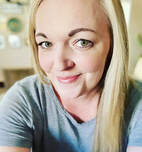 Friday, March 20, 2020 Good morning Friends and fellow Hydro Warriors, In light of the recent pandemic developments and global health crisis, I wanted to make time to sit down and write a message to all my friends in the hydrocephalus community and beyond. There is a new and increased need for information, support, and comfort as people all around the world are isolated and so many things are in a state of unprecedented uncertainty. If you have followed my story or have read my blogs in the past, you know that I write and share because I believe that it’s is one way to give purpose to the pain and difficulties I’ve experienced in my own journey. I know there are so many patients and families around the world who are dealing with hydrocephalus without the support that I’ve been blessed with. So, I want to start by saying this… I’m here. I might be on the other side of the country, or the other side of the planet from you – but I am standing in this darkness with you as we all navigate the new normal with regards to everyday life and our healthcare systems. Even though I can’t offer medical guidance, I can offer friendship. I can offer my own story. And I can listen to yours. This morning I wanted to share a couple of random thoughts. First, I want to take time to acknowledge that this whole thing is really scary and unsettling for a lot of people. For those of us who have a condition like hydrocephalus, it’s terrifying to constantly be told that the hospital system is overwhelmed and running low on supplies, etc. The simple truth is that none of us know when we will need to have immediate care for complications with hydrocephalus – let alone the risks of coronavirus. I’ve learned over the past few years to allow myself to identify and honor these real fears for a moment, then say a prayer or do a meditation that encourages my mind to release those thoughts. Some days, this is just a one-time occurrence, and I move forward with my day. But other times, this process is a continual loop for an hour or two… or the whole day. And that’s ok. Anxiety and fear are both paralyzing emotions, but they can often be controlled by response. You can choose to address them, then actively let them go. One minute at a time. The other thing I want to talk about is the importance of maintaining emotional control in our communication. In uncertain times, the words you use and the things you say (both verbally and internally) go a long way in shaping our experience. Science has proven that the power of spoken word has unprecedented effect on our physical and emotional health. And the crazy thing is that you don’t even have to believe the words you say… if you just keep saying them, you will eventually change your perception to match the expression. Words have a unique power to change your life and the world around you. If you choose to say things that are hopeful, you will be more hopeful. If you decide to make statements that are filled with love and compassion, you will feel more love and compassion. If you express peace, you will be more at peace. These choices will carry over to the people you interact with. The more hopeful, loving, and peaceful your words are, the more others will feel comforted. In his best-selling book The Four Agreements, Don Miguel Ruiz identifies the first principle to live successfully as this: Be impeccable with your word. Because I feel so strongly about this first agreement, I surround myself with positive and uplifting words. The walls of my bedroom are filled with intentional word-based artwork. I regularly write encouraging statements on post-it notes and stick them to my mirror where I will see them and subconsciously internalize them. These notes include bible verses, song lyrics, and statements I want to incorporate into my daily affirmations. I read them silently, and I say them out loud. This has been a great way for me to actively influence the narrative in my mind. It might work for you, or you might find another technique that fits you better. Be creative! Find and use words that give life. I am committed to finding the beauty in broken moments in life, and often that beauty comes in the form of human connection. Some of the most amazing friendships and relationships in my life were planted and cultivated in the ruins of shared trauma. If you are lonely or isolated, I’m here. Send me a message or email via this site or engage on Instagram (@stayinthearena). Keep on walking. We’ll walk together. #we. Love, Amy Last month I took a quick weekend trip to Boise to see one of my closest friends. I was excited to be able to finally take a mini vacation, after needing to cancel several scheduled trips in the past 12 months. Since it was my first time on a plane in almost a year, I was a little anxious to see how my brain would handle all the necessary evils of travel. But I made it through the airport without getting too overwhelmed, and I settled into my seat for the flight. As we taxied to the runway, I closed my eyes and said a quick prayer of gratitude. I opened my eyes and thought about the shunt infection and six surgeries this year, followed directly by losing a close friend in a tragic accident, and trying to pull things together at work. Even though it’s been the most challenging year of my life, I was healthy enough to take this quick break and see Andrea. As the plane took off, I looked out the window. It was a beautiful day in Portland, and although it’s getting later in the fall, the trees are still flaming with brilliant colors. Maybe it was because I am feeling more reflective and raw right now, or maybe it’s because I haven’t seen that bird’s eye view of Portland in a long time. But in that moment, I had a perspective of the landscape that I’ve never had before. I noticed how varied the terrain is in Oregon – with the trees, rivers, valleys and hills. Mount Hood was absolutely beautiful as we flew by the snow-capped peak. The roads in Portland are twisted and intertwined, as opposed to being laid out in a perfect grid like some flatter and newer communities. As the plane ascended higher and higher, the details turned into mere texture… the valleys appeared more like divots and the hills seemed more like little bumps. As I watched everything get smaller, I saw the incredible beauty of the whole picture. This is my Oregon – the place I get to live and love, and the battlefield on which I get to fight through all I’ve been through. It suddenly dawned on me that this is an interesting analogy of life’s journey. In the day to day moments of challenge and pain, we can only see the stretch of road that is immediately in front of us. The valleys seem like deep ravines that take immense effort to crawl out of, and the hills seem like they take forever to climb. While there are pretty things around us when we look for them, we don’t see the whole picture for what it is… a complex masterpiece of winding roads and beautiful landscape. If only we could rise above the hard stuff, we’d see it fade into mere texture as it gets further and further in the distance. Changes in life are difficult to navigate sometimes. It feels confusing and often exhausting to process all the little ups and downs. If I’ve learned one thing this year, it’s that God never leaves me in the dark crevices of trauma. Instead, I feel like He’s been there when I’ve been most desperate – willing to sit with me quietly in the cool black sadness, until I’m ready to move towards the light again. And somehow, I’ve actually felt more spiritually grounded amidst all the chaos. My choice lies in whether I will respond to the love around me – the love that has lifted and held me through the stormiest days and the darkest nights. As the airplane lifted through the cloud cover, I looked at the white, misty veil that covered the entire landscape with a layer of soft comfort. As soon as we were above those clouds, the bumps and divots of the terrain were concealed by a blanket of white. I remembered back to a morning this August, when I was battling through severe physical anxiety symptoms after my last surgery. As my heart was racing and I couldn’t calm it down enough to drive to work, I texted my dear friend MacKenzie, and asked her to pray for me. I’ll never forget her words. “God, like a weighted blanket I just pray that you would put the weight of your peace over Amy’s whole body today.” And it struck me that the cloud cover is kind of like that weighted blanket, filling all the low points with grace and soothing. God’s love covers the whole journey – the whole picture – including the mountains and valleys, rivers and roads. It’s not that the challenges aren’t still there – but I am covered. I can rest in that safety, and it keeps me moving through the hard things, even when all I can see is the next roadblock that I’ve got to get through. Success in this life comes from truly loving the work it takes to build the road to where you’re going. It comes from being thankful for the challenges, because of the relationships and lessons that the challenges bring. It comes from finding satisfaction in the growing. From finding rhythm in the doing. Finding comfort in the loving. And finding purpose in the giving. These are the mountain peaks in life, and they are well worth trudging through the deserts and swamps to get there. This is how we find peace-- Traveling through the world, covered in a weighted blanket of grace. Much Love, Am 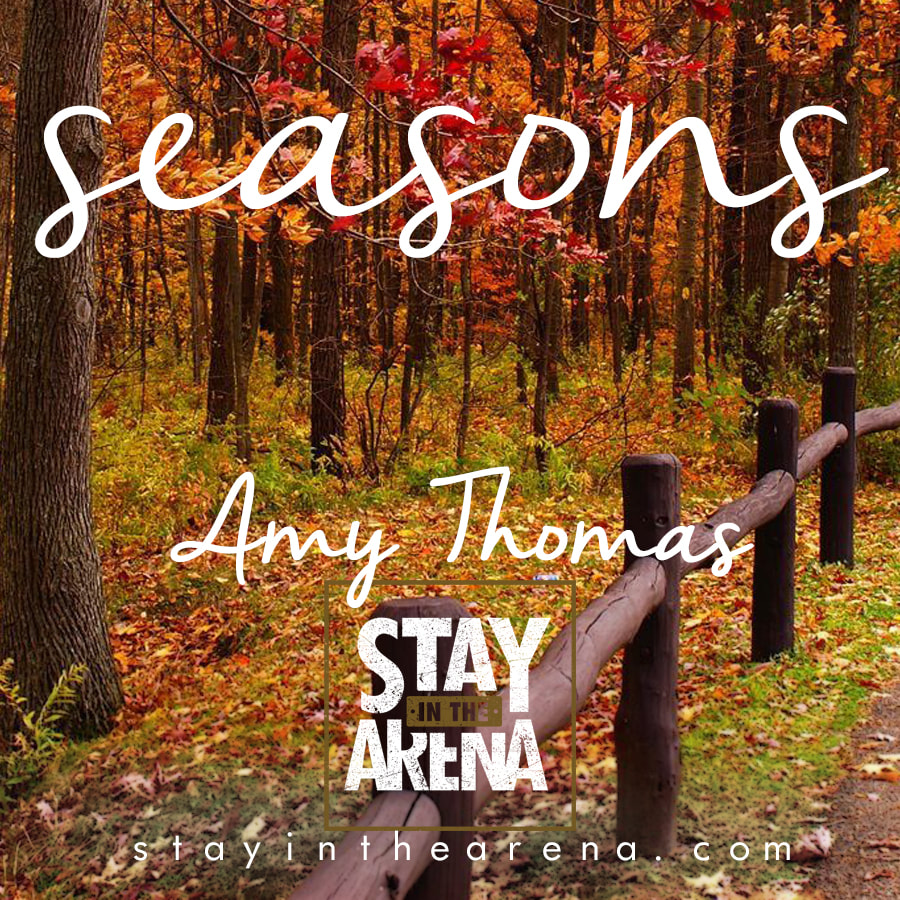 It’s no secret that I am so excited for the change in seasons. I love the fall in Oregon. I truly love everything about the fall – the cooler temperatures, the rain, sweaters, and football games. My favorite part about autumn where I live is the obvious shift in the position of the sun in the sky – which makes the light so filtered and beautiful, especially in the afternoon. But there’s nothing like the glorious palate of colors as the leaves change to red, orange and bright yellow against a blue sky. It’s so spectacular, and I can’t wait for it every year. But this year I’m even more excited – as this spring and summer were rough for me physically and emotionally. I’m so ready for a change. The beautiful thing about the changes that the trees go through in the fall is that the color and drama that manifests is actually a visual signal that the leaves are dying. As the trees are losing their current covering, the brilliant color and dramatic changes that occur are actually part of the process – a symbol of death and future renewal. And just like the leaves, so many things in life have a way of being breathtaking and theatrical as they change. Shunt surgery is one example. As the shunt begins to malfunction, life slowly starts to shift. That’s like the first hint of fall color. Then there’s a lot of appointments, decisions, and usually pain. Like the brilliant colors of the leaves, the situation is ever changing. Physically and mentally I battle, and I go through a roller coaster of medical attention and a firestorm of frustration that finally ends with brain surgery. As the actual act of having surgery has become more frequent for me in the past few years, it feels like letting go and accepting that we’re to that point again. Mentally I fight so hard against it, right up until I hear the final decision from my neurosurgeon. Then I melt down and cry, accept where I’m at, and finally let go. I feel like the whole timeline of the shunt malfunction or failure is like the fall leaves in the sense that there is a process that has a lot of phases. The colors of my pain and emotion become more and more intense, until they finally let go and the surgery happens – like the leaves falling. This process is necessary in order to reset physically and mentally and start over again. As much as the fiery colors of anger and frustration before shunt surgery are like the fall leaves, the depression and anxiety afterwards are like the grays of winter. When I get home from the hospital, there are quiet days where I’m alone in my healing. I’m sleeping a lot, and everyone has returned to their daily routines. It’s not that I don’t see or talk to anyone, but there is a lot less interaction for a certain period of time. This isolation is necessary, as the rest is crucial to healing body, nervous system, and mind. Accepting that there are seasons of emotion that accompany my physical challenges has been an area that I’ve had to actively work on in the past few years. Even though I am a positive and driven person, I have had learn to go through these seasons appreciating them for what they are – for what I am becoming in the changes. Knowing each period of difficulty doesn’t last forever keeps me moving – and has allowed me to slow down and acknowledge where I’m at in the process. My surgeries and shunt infection this summer felt like a multiple-round all-out prize fight. I got knocked down six times-- but got up seven. I was strong going into the arena and somehow, I was stronger when I left-- but my body and heart were beat to a pulp, literally and figuratively. Even though I was grateful for the journey and everyone who took incredible care of me during the process, I was affected in ways I couldn’t see. Trauma and antibiotics changed my body on a molecular level, and about a week after my last surgery, I experienced my first panic attack. The anxiety symptoms in the weeks that followed were exhausting, frustrating and completely foreign to me. I spent hours walking and praying, begging God for understanding. When my chest would tighten and my heart would race out of control, movement was one of the only things that helped. I felt like I couldn’t breathe, but I knew I could. I felt like I was dying, but I knew I wasn’t. My mind was at peace, but my physical body was raging. I was experiencing the aftermath of everything that I had gone through – and I was very aware of it. I worked with my doctors to understand and treat what was going on, and eventually the season passed. But those few weeks felt like the ultimate end to fall, the time when after all the leaves have turned colors and held on through the rainstorms in autumn, they finally let go – and fall to the ground in a final show of surrender. My brain was done. And I acknowledged it, I appreciated the process, and I have allowed myself to move into a period of winter – of quiet and solitude. I’m processing through sadness and grief, sitting in the monochromatic feelings, knowing that the cold and lonely days will pass if I continue to move through them. As time goes, I’m trying my best to be present in my healing. There is value in this time of quiet, because I need it to regenerate and reset. Everything in nature was designed to experience this cycle – it’s natural, and it’s absolutely crucial to forward progress. When the spring comes and the new growth pushes through, I will rejoice in that change as well. I’m always amazed when violet colored crocuses will poke their way through half frozen ground – the first sign that spring is coming. And before I know it, little pink and white blossoms will open on the fruit trees and parts of the Willamette Valley feel like a bed of cotton candy. The ultimate example of finding beauty in the broken moments is knowing that none of this is possible without those months where everything lies dormant. As I reflect on the fall, and move through the winter, I will remain grateful for the process, and continue to seek peace despite the hurt I’ve experienced. We were made for seasons. We’ll be ok. - am for hadassah - xo On September 1, 2019 I lost one of my best friends. |
AuthorMy name is Amy but friends and family call me Am. I am a lover of dogs, good whiskey, and strength training. I'm a brain surgery survivor (x31), a fiddle player, a construction designer, and a boxing enthusiast. I have six real siblings, and five fake brothers. I love deeply, and consider my close friends to be family. Archives
February 2022
Categories
All
|
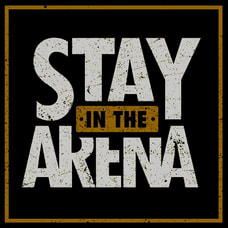
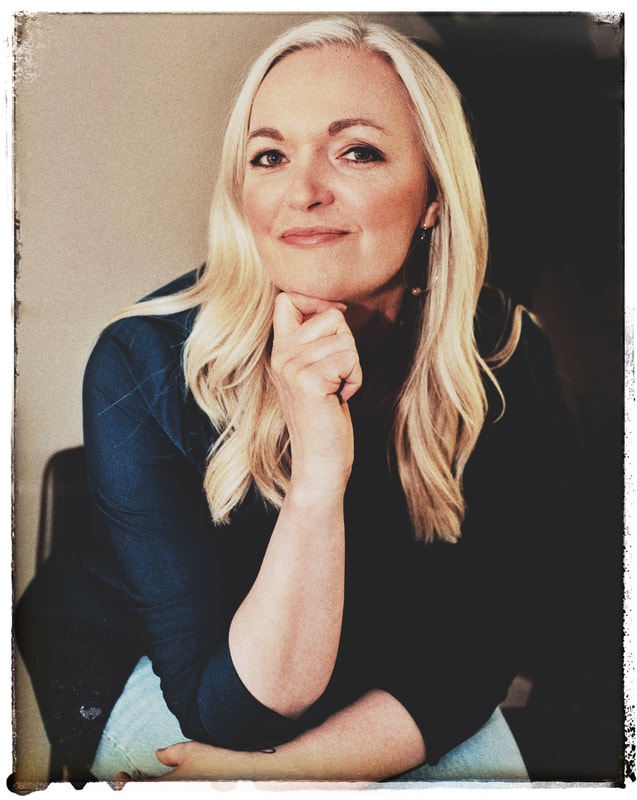
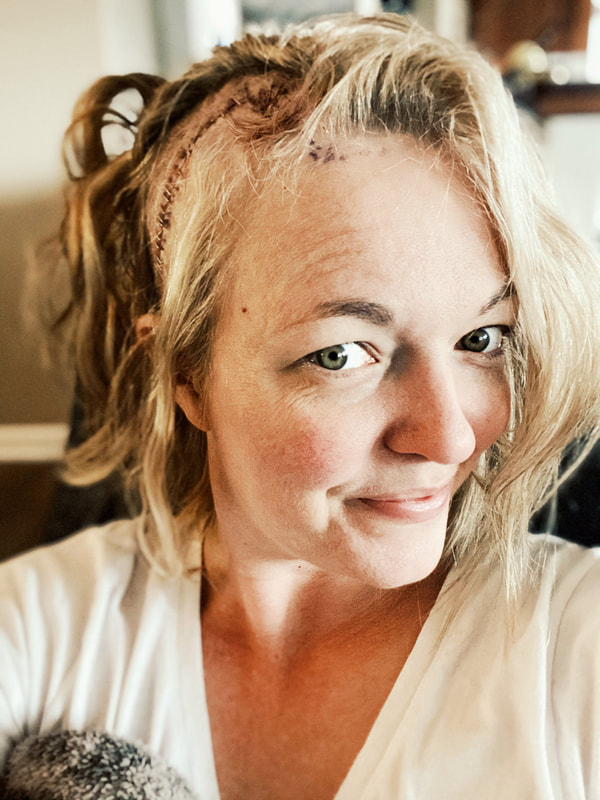
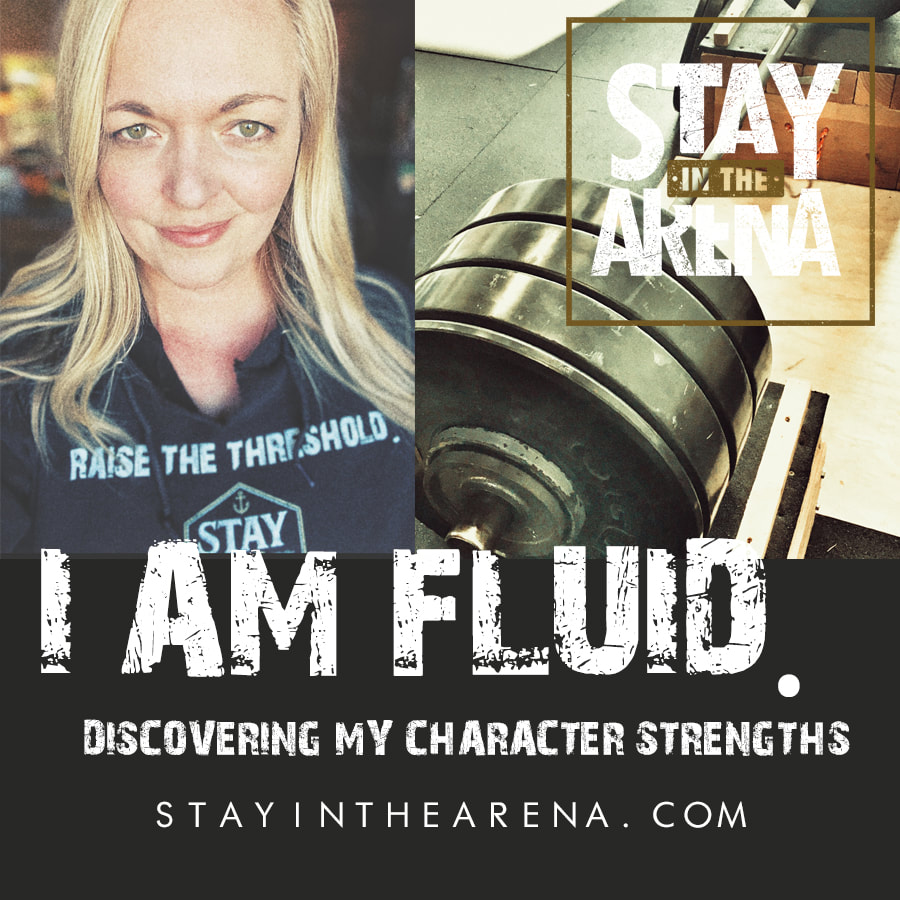
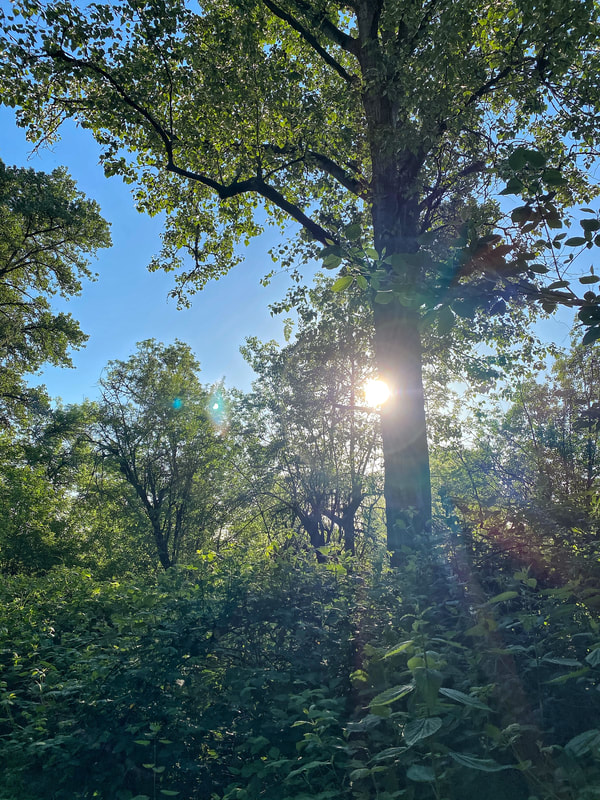
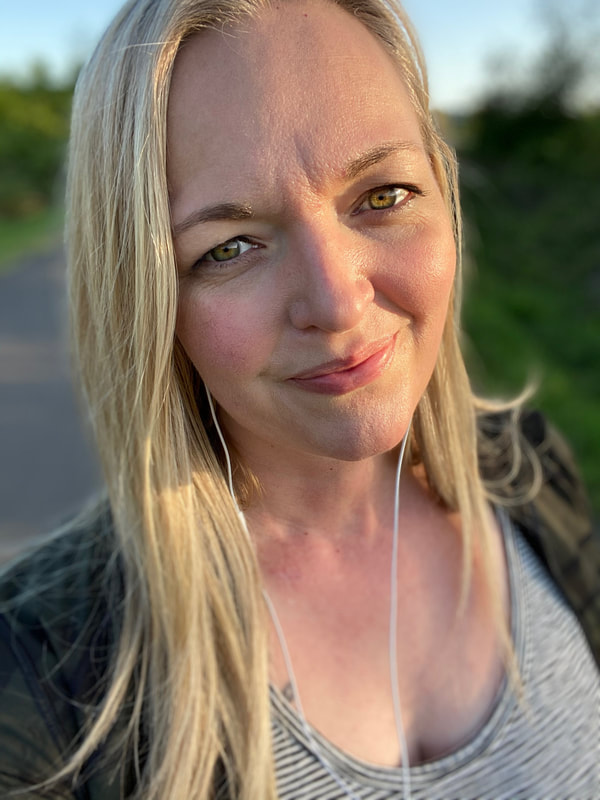
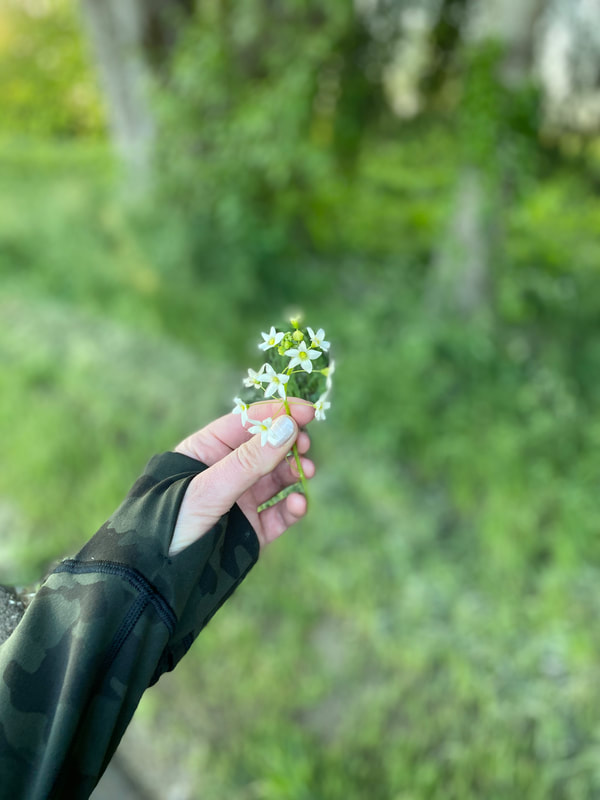

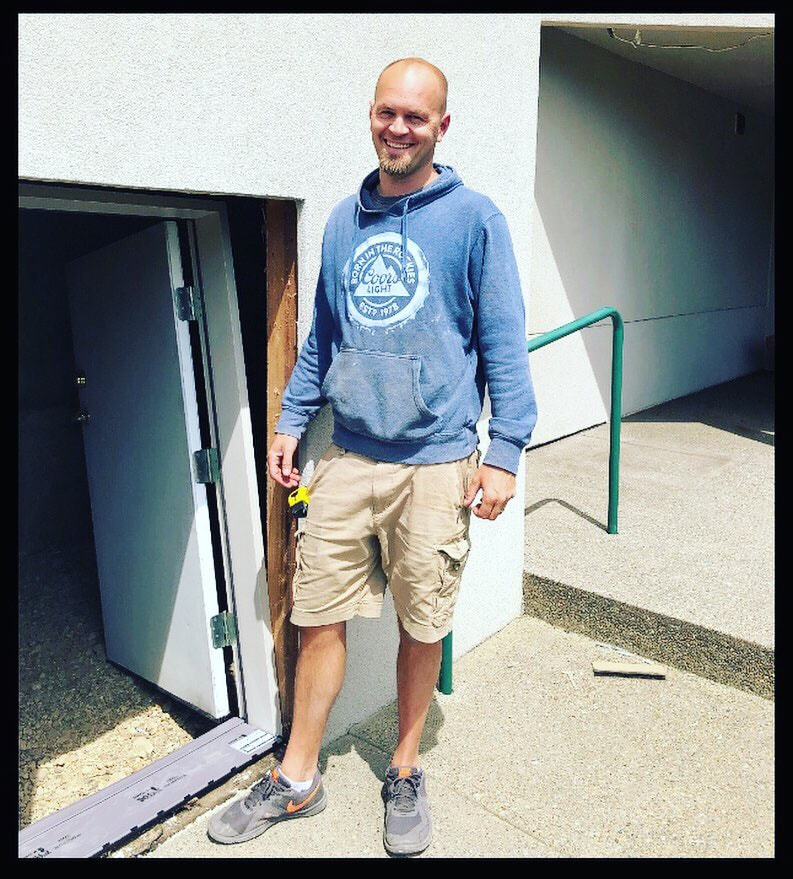
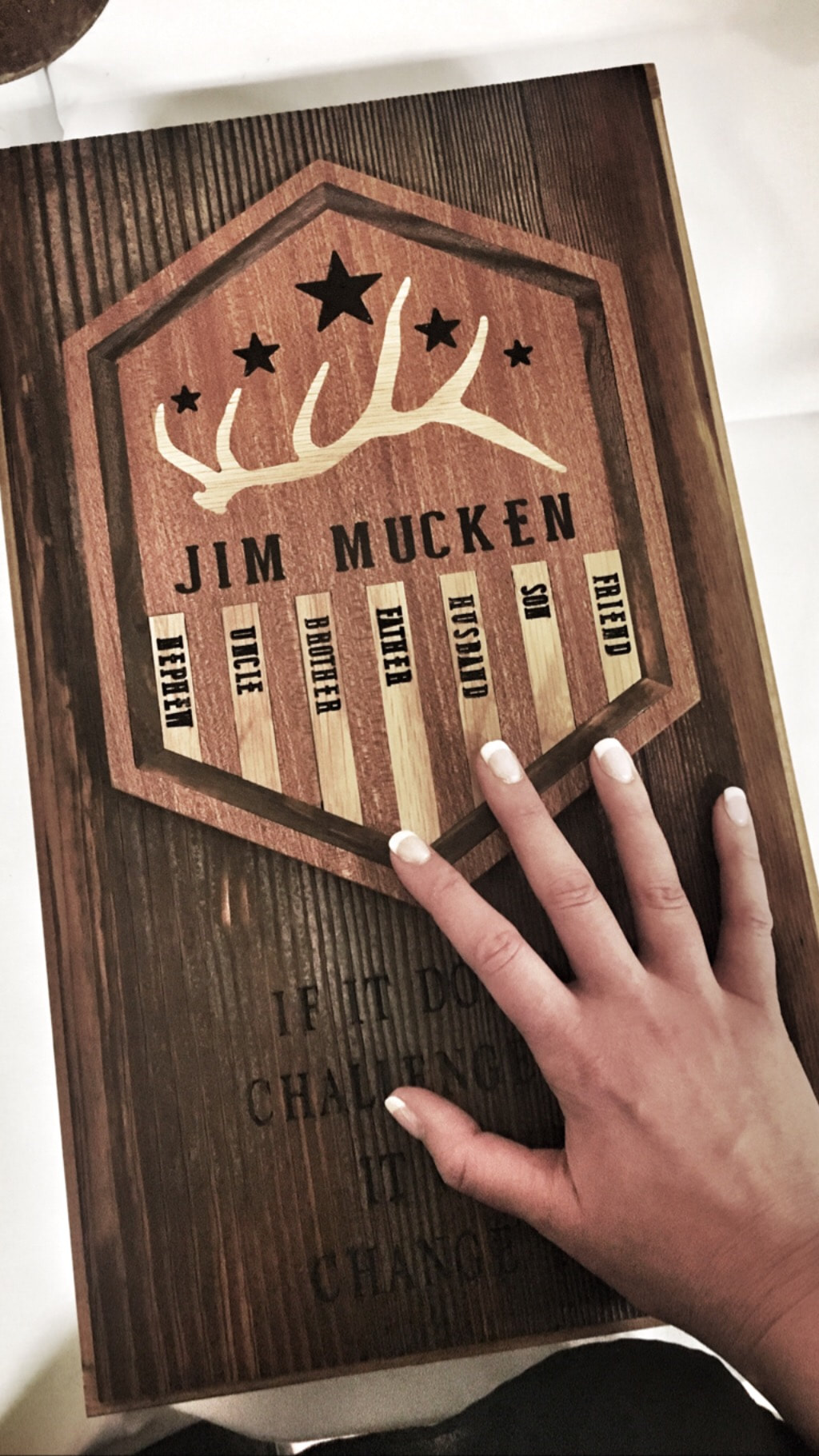
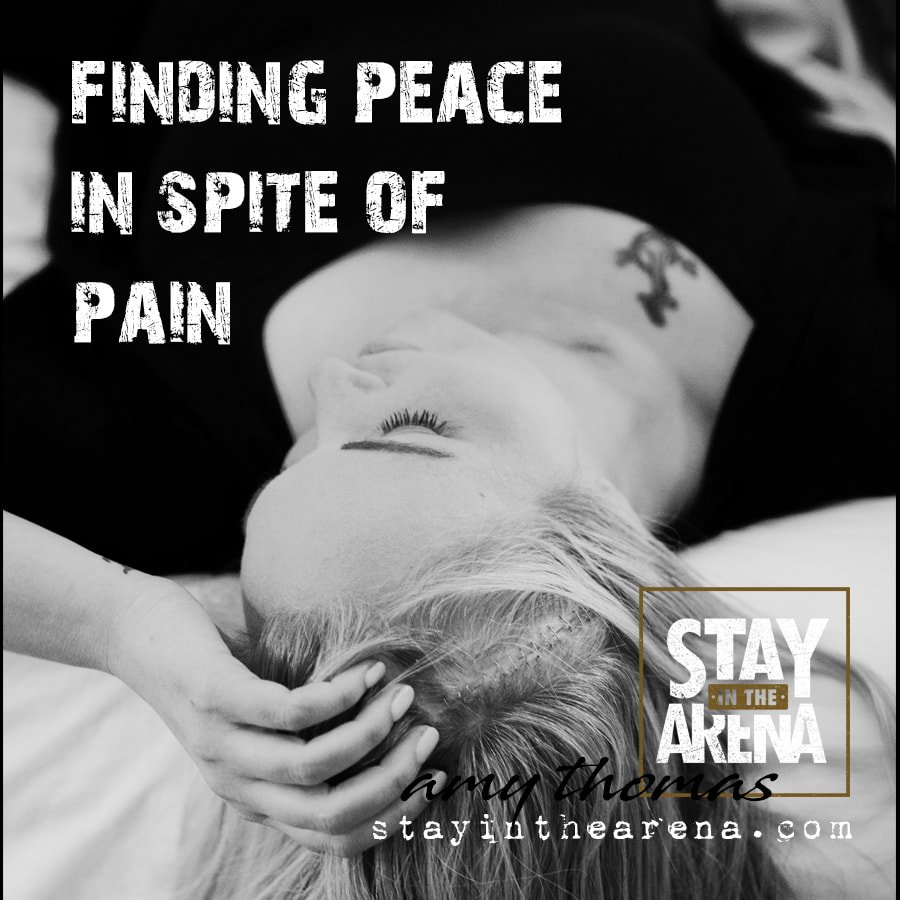
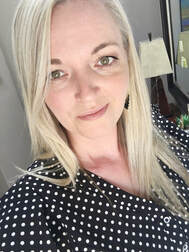
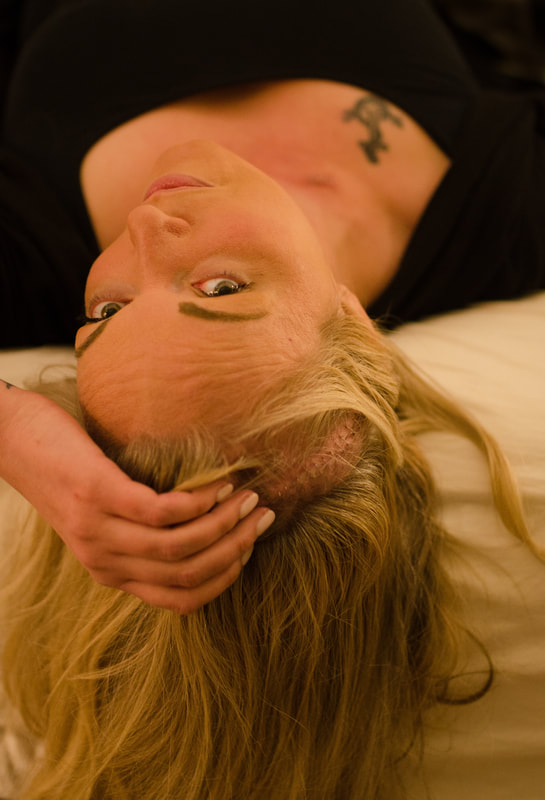
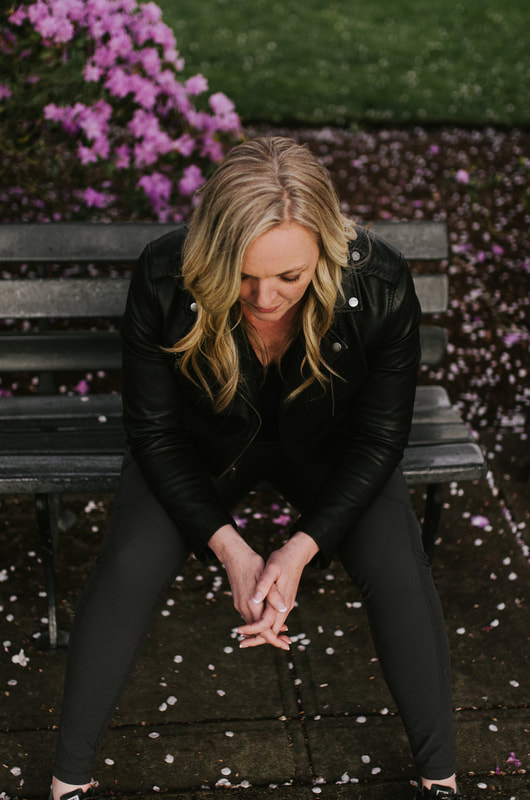
 RSS Feed
RSS Feed